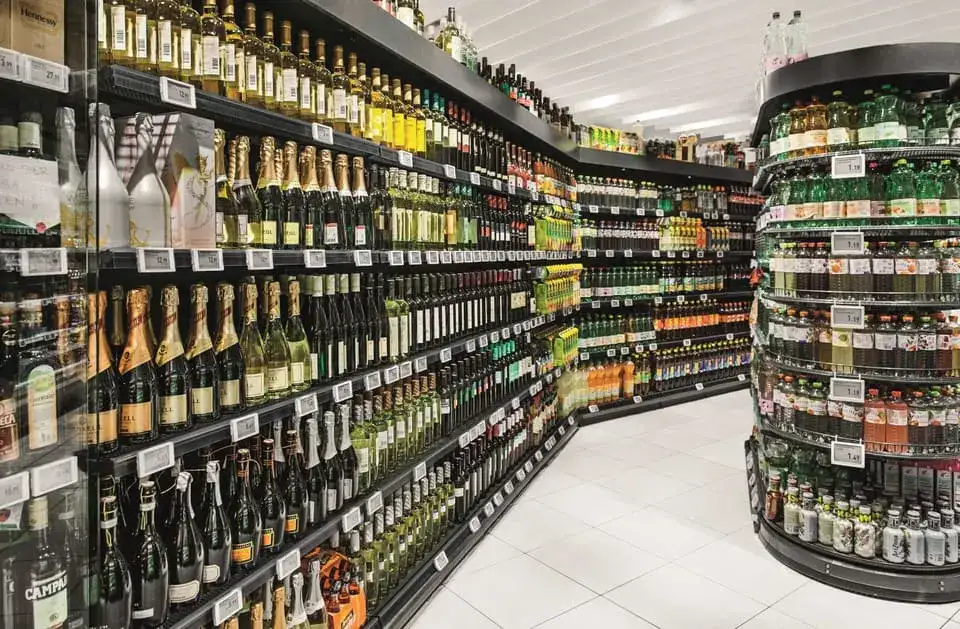In the dynamic environment of retail, warehousing, and libraries, the clarity and longevity of shelf labels play a crucial role in maintaining an organized and efficient operation. Shelf labels, those indispensable guides that offer product names, prices, barcodes, and other critical information, not only help in inventory management but also enhance the shopping experience for customers. Preserving these labels’ freshness—meaning their readability, adhesiveness, and overall appearance—is essential. Here’s how to ensure your shelf labels remain in prime condition for as long as possible.
Choose the Right Material
The durability and lifespan of shelf labels significantly depend on the material from which they are made. For environments prone to dust, moisture, or frequent handling, opting for waterproof, tear-resistant materials can make a big difference. Synthetic materials, such as polyester or polypropylene, offer superior resilience compared to standard paper labels.
Store in a Controlled Environment
Extreme temperatures and humidity can warp or fade shelf labels, rendering them less effective. To maintain maximum freshness, store your unused shelf labels in a cool, dry place. Avoid areas where they might be exposed to direct sunlight, high humidity, or drastic temperature changes, as these conditions can degrade the adhesive and material quality over time.
Read: FintechZoom Google Stock
Handle with Care
When printing or applying shelf labels, ensure hands are clean and dry to prevent oils or moisture from compromising the adhesive or ink. Using gloves can be a prudent measure, especially for labels that require a pristine presentation. Moreover, avoid bending or folding the labels unnecessarily, as creases can make them difficult to apply smoothly.
Use Protective Overlays
For shelf labels in high-traffic areas or where frequent updates are necessary, consider using protective overlays. These clear, adhesive covers can shield labels from dust, spills, and fading, thereby extending their lifespan and keeping them legible for longer.
Rotate Stock
Just as with any inventory, shelf label stock should be rotated. Use older labels first to prevent them from becoming outdated due to changes in labeling technology or the natural aging of adhesives. This rotation ensures all labels adhere properly and maintain their appearance when applied.
Invest in Quality Printing
The clarity and durability of the print are as important as the label material. Use high-quality printers and ink to ensure that barcodes scan correctly and information remains legible. Faded or smeared prints can lead to inefficiencies and frustration, so regular maintenance of your printing equipment is also essential.
By following these guidelines, businesses can ensure their shelf labels remain fresh, legible, and effective, thereby supporting a seamless operation and a positive experience for both staff and customers alike. Remember, the longevity of your shelf labels is a reflection of your organization’s attention to detail and commitment to excellence.
Also, read more: What Are the Risks of Investing in FintechZoom Google Stock?
